Free Lead Testing for your Soil
Work with the Center of Excellence in Environmental Toxicology to test the amount of lead in your soil for free.
The resources below, some of which are from our Center and others from our partners, are targeted to teachers and/or students. They include environmental health curricula for teachers, programs for students and other resources of interest.
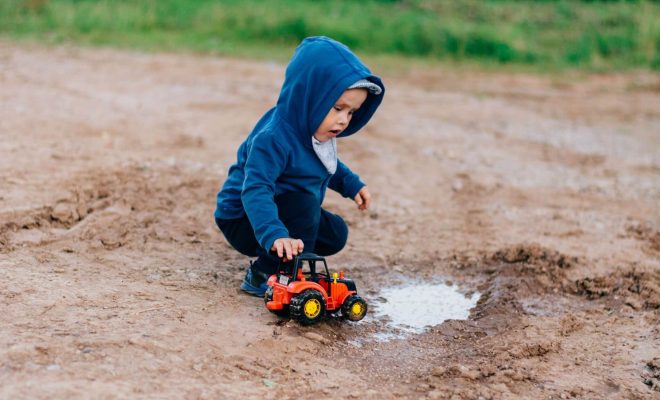
Work with the Center of Excellence in Environmental Toxicology to test the amount of lead in your soil for free.

Mobile App allows users to identify and report specific problems with building conditions in Philadelphia schools.
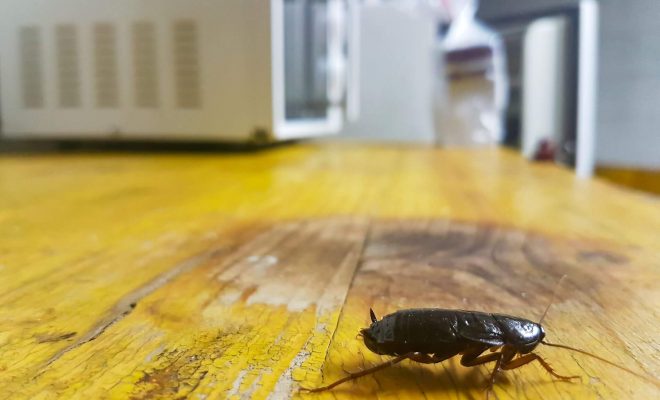
Beyond Pesticides provides information on the least toxic ways to deal with pests.
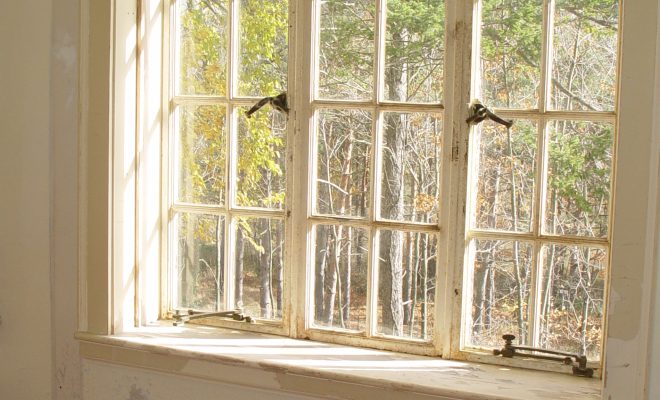
Lead Remediation targeted to low- to moderate-income households in four census tracts south of King Street.
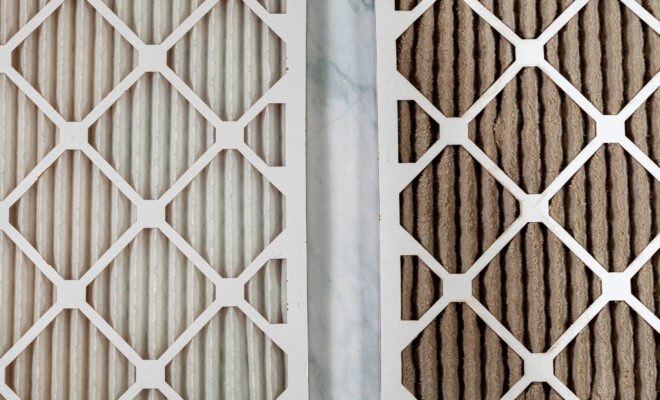
Click the link to explore how to create an inexpensive and effective DIY air filter for your home or classroom!

Help improve children’s overall health by talking to them about air quality and limiting their outdoor activities on Code Orange and Red air quality days.
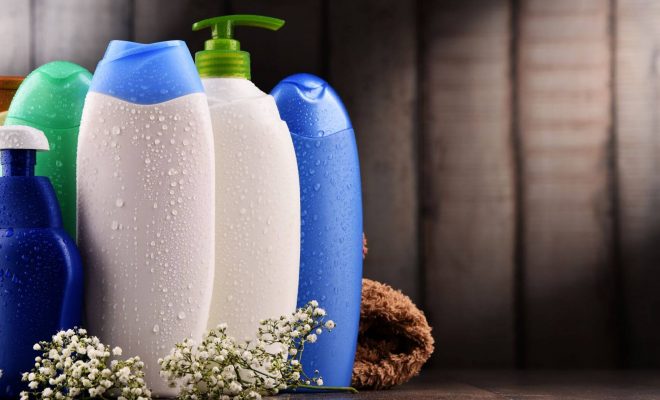
Search EWG’s recommendations of non-toxic personal care products and discover if your favorite items have toxic chemicals.
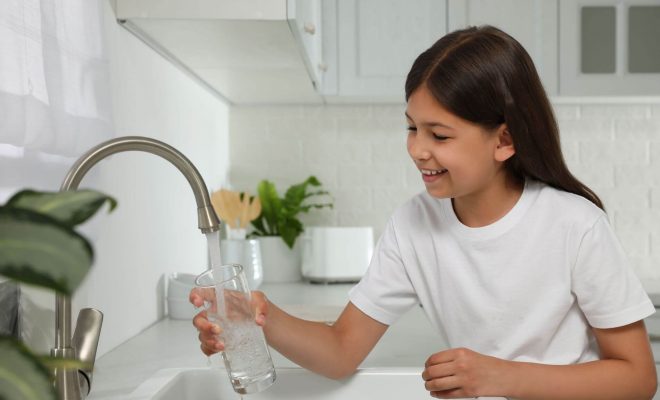
EWG created a database on tap water quality where you can search your zip code and see the common contaminants in your tap water system.

Enter your zip code to see how the air quality in your neighborhood ranks with the rest of the country.

Video to see how indoor air quality impacts health and view recommendations on maintaining good air quality at home.

Click on your county to find local resources to identify and remediate lead in your home.
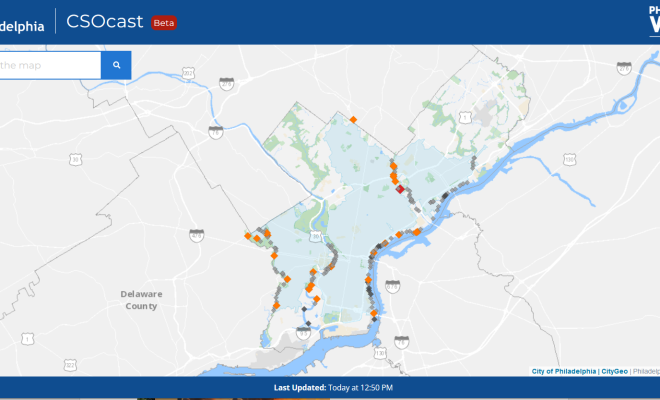
When it rains, raw sewage from homes flows into Philadelphia waterways. Use this map to find out when and where it’s happening.

Use the map linked on the webpage to identify current and past hazardous waste cleanup sites in your community.

This fact sheet contains information on effective pest control methods without adding toxins to your home.
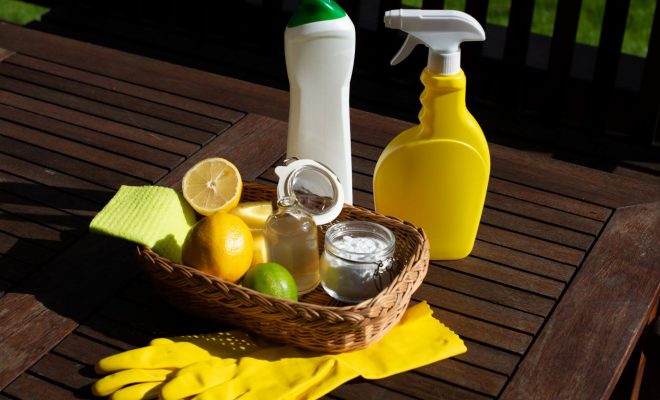
The Environmental Working Group database lists the least toxic cleaning products to use at home.

Sign up for air quality alerts, so you’ll know when to keep children and vulnerable adults inside.

Philadelphia residents can request a free smoke detector installed by the Fire Department. You can call 311 or visit this website.
The CEET has established a pipe-line into careers in the environmental health sciences that spans high-school students to advanced career training.
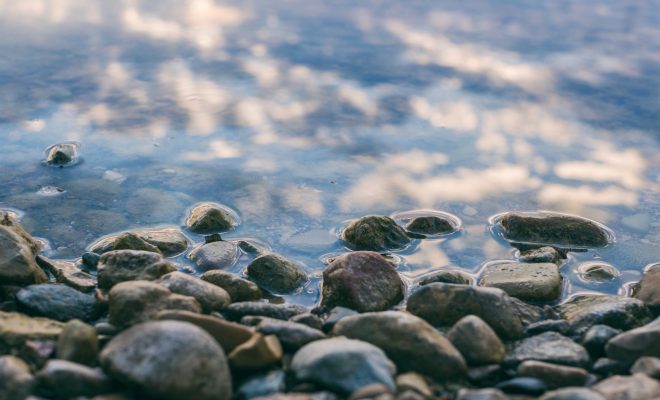
Unit will help middle school students gain a deeper understanding of their connection to the land defined as the urban watershed and the system defined as the urban water use cycle.
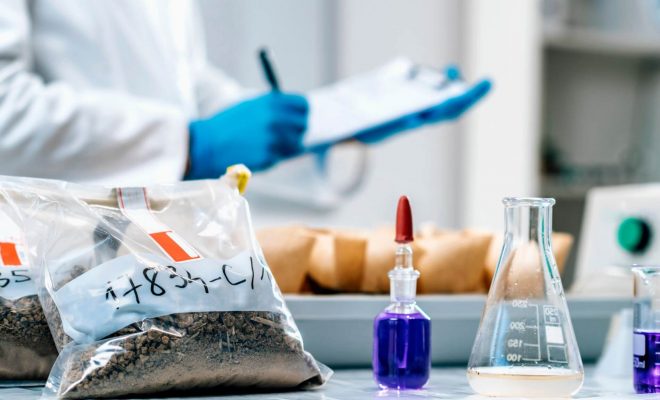
This curriculum on Lead is designed for a high school chemistry class. Christobal Carambo developed this program while attending the Teachers Institute of Philadelphia.
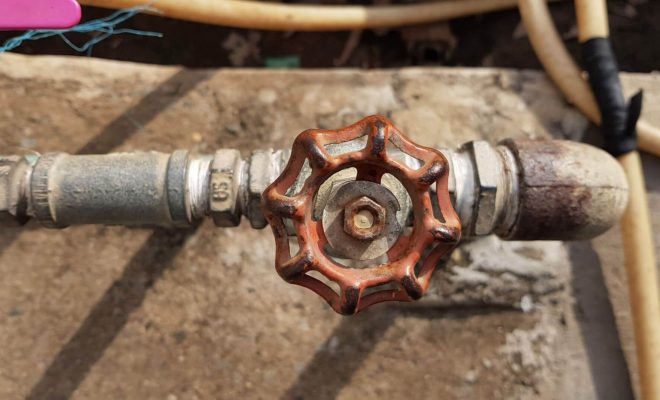
This curriculum on Lead is designed for a high school statistics class.
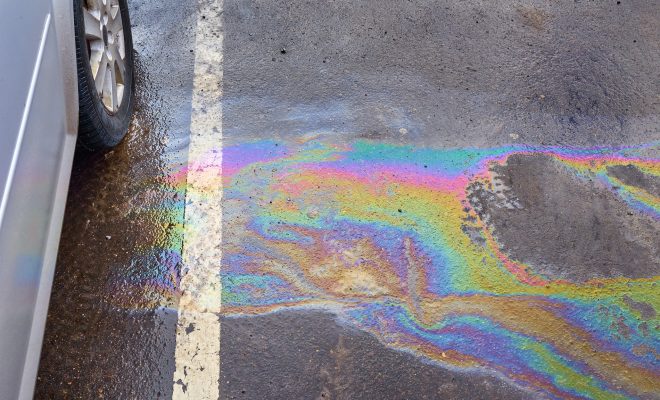
This unit on environmental health was designed for elementary students grades three through five.

This curriculum was written by John Danihel as part of Dr. Howarth’s class for the Teachers Institute of Philadelphia for an Advanced Placement Research course and will help high school students gain knowledge around air pollution and asthma.
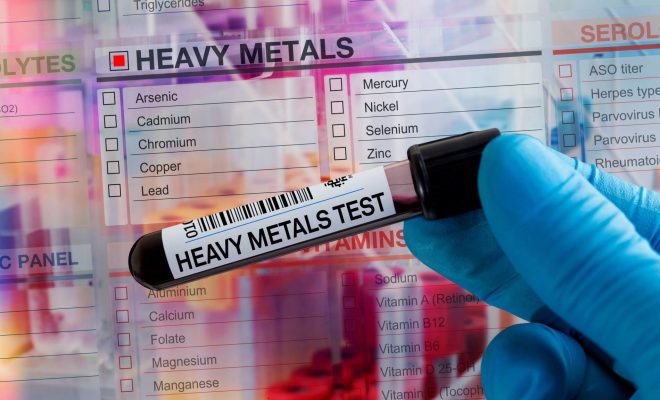
This curriculum on Lead is designed for a high school government class.